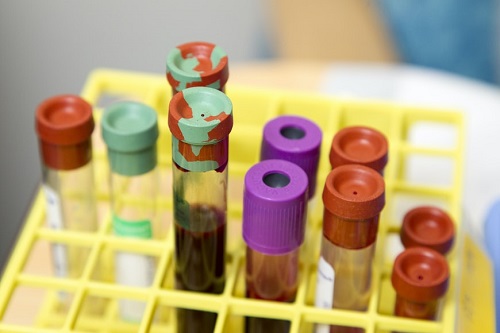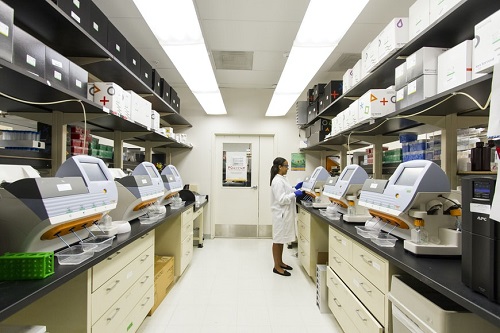When does the Manufacturer HAVE to go for Clinical Investigation?
Medical device manufacturers conduct clinical investigations to ensure that products meet the rules. To most, it is simply a necessity in order to get their medical devices approved. However, in some cases, the clinical evaluation plan needs to be more precise than others.
The purpose of conducting a clinical study is to ensure the safety and efficacy of medical devices. All applicable regulations, common and specific standards for monitoring study quality, relevant guidance documents, and national regulations have been identified.
A well-conducted clinical evaluation will provide a valuable resource in the decision-making process. When you’re evaluating a study of your device, make sure you have a clear purpose, and all the regulations, standards, and your staff is well trained and organized, and all of this has been put down in writing.
Terms used by the MDR regarding clinical evaluation

A clinical investigation is a formal process under which evidence of treatment effects on the human body is collected and analyzed. According to the MDR, the performance of a device is its ability to achieve its intended function, as stated by the manufacturer. Each device must have a purpose, and the performance of that device is how well it achieves that purpose.
The clinical performance of a medical device is the ability of the device to achieve its intended purpose, thereby leading to a clinical benefit when used as intended.
Clinical benefit means the positive impact of a device on the health of an individual, expressed in terms of a meaningful, measurable, patient-relevant clinical outcome(s), including outcome(s) related to diagnosis, or a positive impact on patient management or public health.
What is a clinical evaluation report?

To put it very simply, a clinical evaluation report includes information about the design and performance of your device as well as detailed information about how you applied it clinically.
You’ll want to document exactly what you did, why, and what effect it had on patients or participants. Make sure you include documentation of adverse events that occurred after the use of your device, including any complications that arose from those events.
Why do you need a clinical evaluation?

The Medical Devices Regulations 2002 of UK MDR require that manufacturers of the device must confirm that the design and manufacture of the device do not compromise the clinical condition of patients and users.
To do this, manufacturers are required to systematically collect, analyze and report on safety and performance data from real-world use of a device in humans. A number of data sources can be used, such as data from an equivalent device, literature reviews, or data obtained through monitoring devices after they have been placed on the market.
In general, clinical investigations prove the following for you:
- Prove that the device achieved its intended function when working in a regular setting
- Find and assess any undesirable side effects to see if the device is worth using despite the side effects.
It’s important to remember that the MDR doesn’t regulate safety and effectiveness. Rather, it regulates your ability to manufacture and import devices for the purposes of sale in Europe. In doing so, the MDR lays down a framework for those who are looking for guidance on how to implement clinical trials or other forms of clinical investigations in their own devices. After all, it’s up to you to fulfill your performance requirements.

The MDR’s requirements are born from an understanding that European regulators and public health professionals have had a longstanding expectation that new medical devices should be tested before they’re introduced into the market. The MDR was written in 1998, but by then, there had been many years of discussions between regulators and industry on a need for better pre-market clinical investigations.
Many assume that you need to do a complete trial to see just how effective your device is. That’s not true. If you just want to know whether your device is safe and effective in a particular patient population, the MDR will accept an “analysis of the literature” or “summary data”. You can compare your results to existing devices as well. Clinical evaluation reports are just ways to make sure your device works clinically.
Clinical Evaluation or Clinical Investigation?

According to the MDR, all medical products launched in the European Union must have a clinical evaluation report. Among the information that should be submitted, the following are notable:
- A detailed literature review relating to the safety, function, target groups, intended clinical benefit, use, characteristics, and associated risks of the device.
- All the parameters of the relevant clinical data and clear specification of the methods chosen for examination of qualitative and quantitative aspects of clinical safety and performance.
- A summary of the relevant clinical data from available clinical investigations (both in published literature and your own) and fill the gaps with the literature review.
- A clinical development plan: including properly designed clinical investigations in accordance with the clinical development plan.
- A list/mentioning of any currently available alternative treatment options that have similar functionality to the device.
Clinical investigations, however, need much more data analysis. For those with a large number of products, this can be a difficult task to accomplish, but there are certain issues you should consider that might help you narrow down which products require clinical investigations.
First, it is notable that the EU MDR requires a much more thorough clinical investigation now than it did before.
The guidelines for a thorough clinical evaluation are part of PART A of Annex XIV of the MDR. Clinical investigations allow scientists to gather information from healthy individuals in order to help treat people with serious illnesses.
The initial clinical investigations are conducted in two main ways: first-in-human (meaning humans are used as subjects) and early feasibility (meaning a small number of subjects are used as test subjects). The draft regulations also address traditional feasibility studies, which involve a larger number of patients than early feasibility studies. These three make up the pilot clinical investigation.
Investigators conduct pilot clinical investigations to obtain data necessary for assessing the drug, device, or procedure in respect of its safety and efficacy. These data will be used to inform and support future large-scale clinical studies. The outcomes of pilot studies are usually insufficient for final acceptance for CE marking purposes. They are, therefore, often used as a guide to further development work, design changes, or general information.
What should clinical investigation include?
Several components of a clinical investigation include the context for conducting the inquiry and the outcome measures that may be used to assess safety and performance requirements. Here is a general list of what you will need to include.
- Clinical investigation background
- Parameters of the outcome and why they are relevant.
- How the investigation was conducted along with a description of the study and control group.
- Demographic of the subjects
- Any deviation from the expected data
You will find a full list in articles 62-82.
